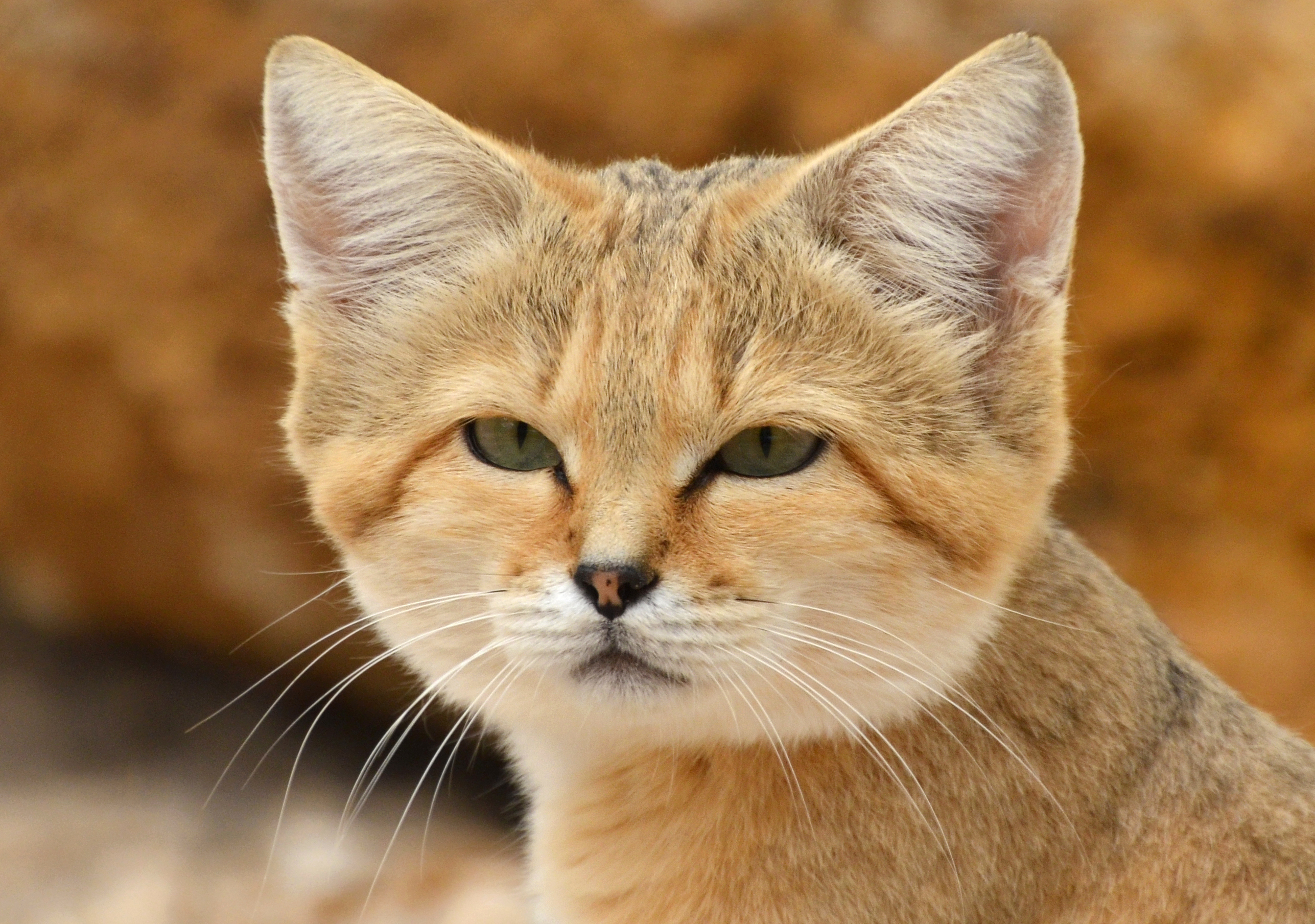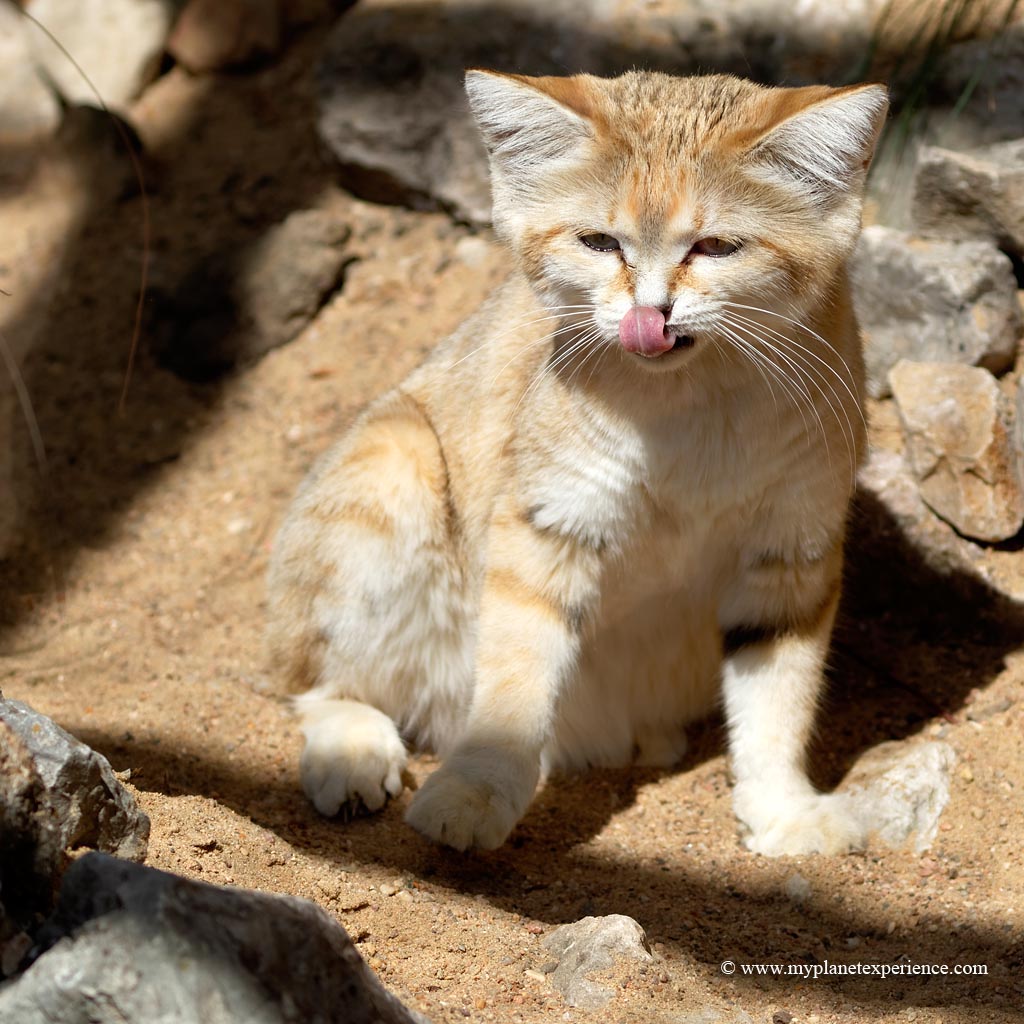Sand Cat Habitat And Food

The sand cat also known as the sand dune cat is a small wild cat that inhabits sandy and stony deserts far from water sources.
Sand cat habitat and food. Sand cats are active during the night nocturnal animals to avoid high temperatures above 52 degrees of Celsius during the day. Sand cats live in temperatures that sometimes rise to more than 40C 104F. Sand cat is carnivore meat-eaters.
They are found near the patches of sparse vegetation that can support their prey species and the cats have special adaptations to survive in the extreme desert conditions. It mainly inhabits largely the deserts of northern Africa. The sand cat hunts animals to eat prey at night when it is cooler.
Sand Cats feed on rodents birds lizards and snakes and they are generally active throughout the night aided in hunting by their excellent night vision. It starts to hunt when it gets dark and works all night until dawn. Sand Cats will also cover large kills with sand and return later to feed.
The smallest cat species in Arabia the sand cat Felis margarita is well adapted to its arid desert habitat obtaining all the water it needs from its foodPrey capture is facilitated by the sand cats highly sensitive ears which are large and triangular and capable of detecting noises from animals both above and below the surface of the sand. Up to 13 in captivity Ears. The Sand Cat primarily occupies sandy deserts but has also been recorded in stony and rocky deserts.
Instead they live in dry sandy plains and rocky valleys. The long hair covering the. Local people sometimes trap sand cats for pets.
Sand cats are mainly carnivorous and eat small mammals reptiles including venomous snakes birds insects and spiders. Sand cats are also. Traps are set by people to kill foxes and wolves.


















